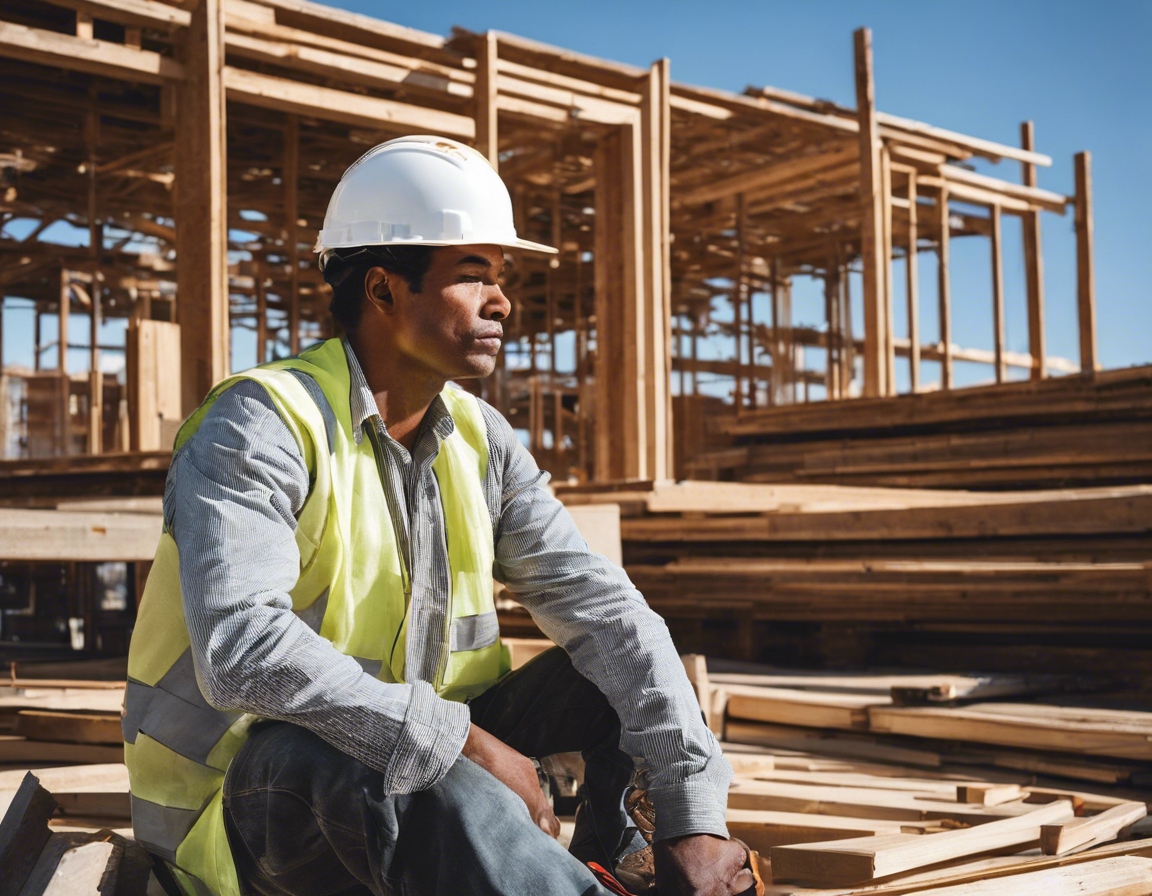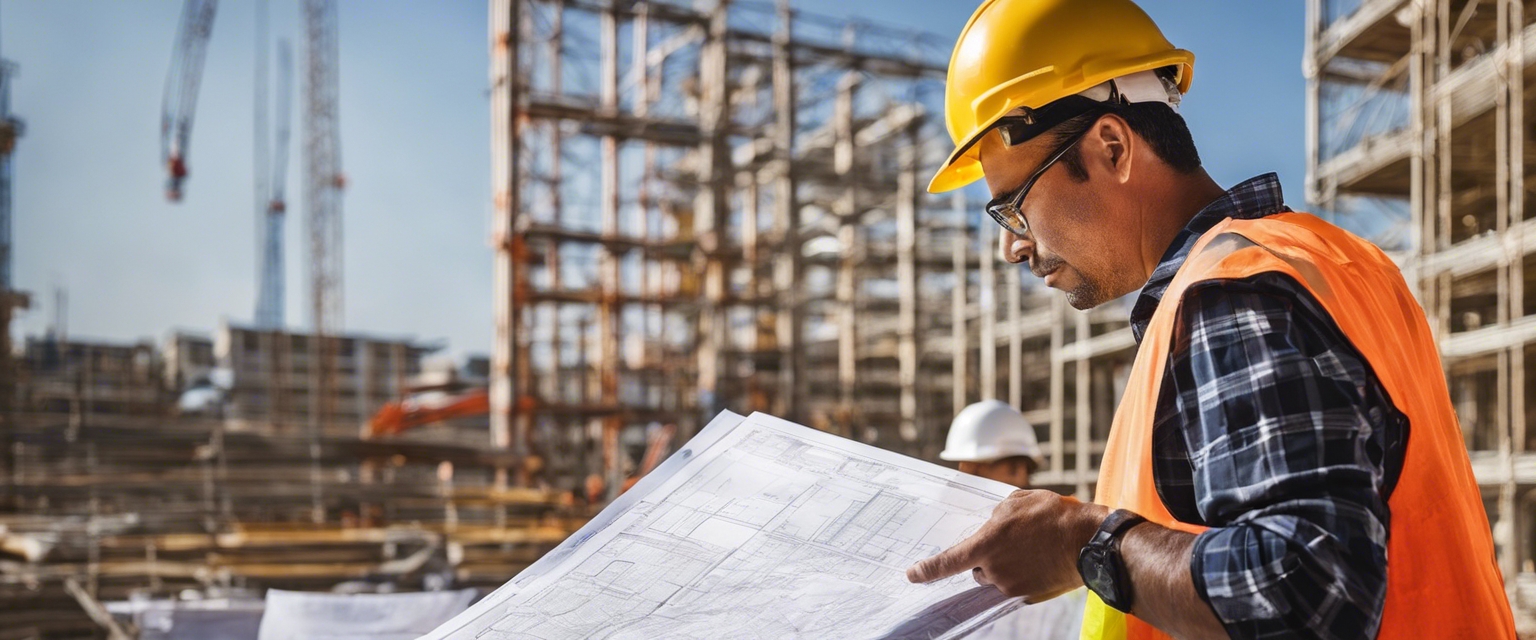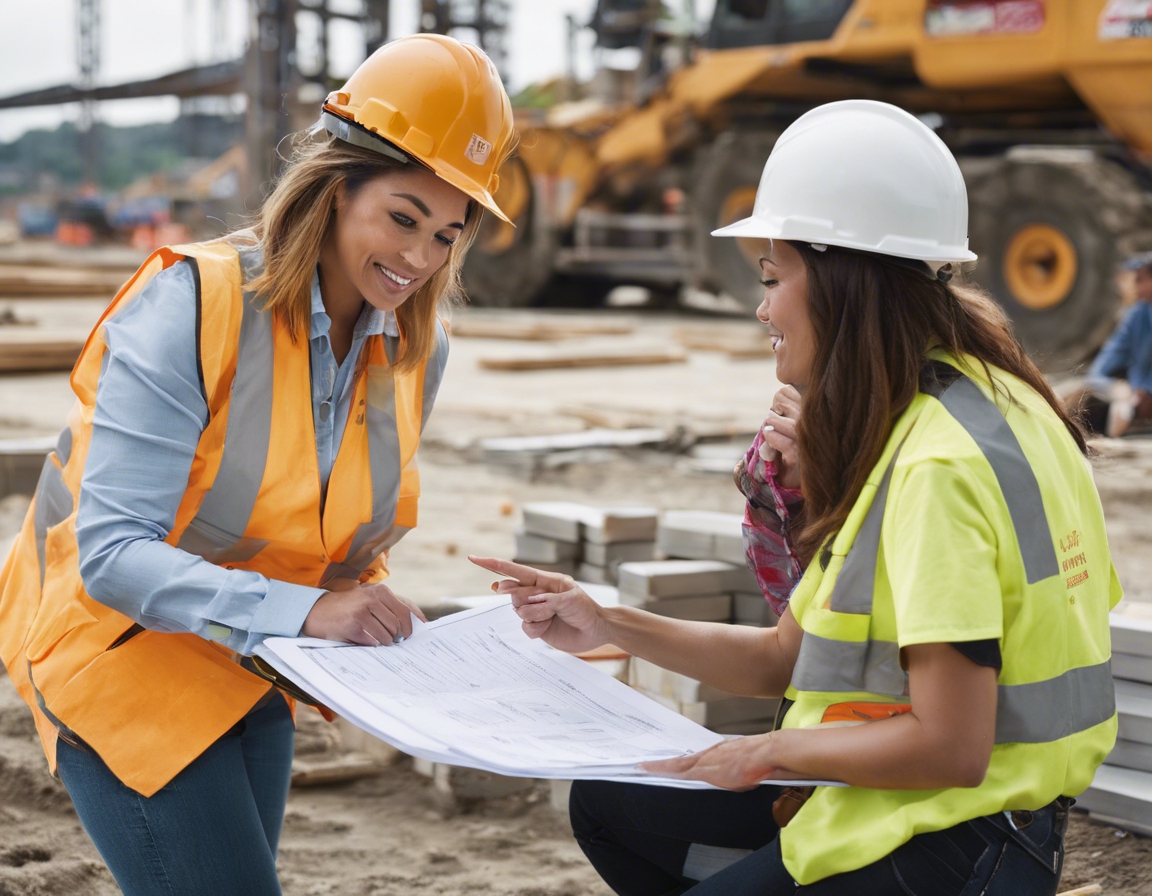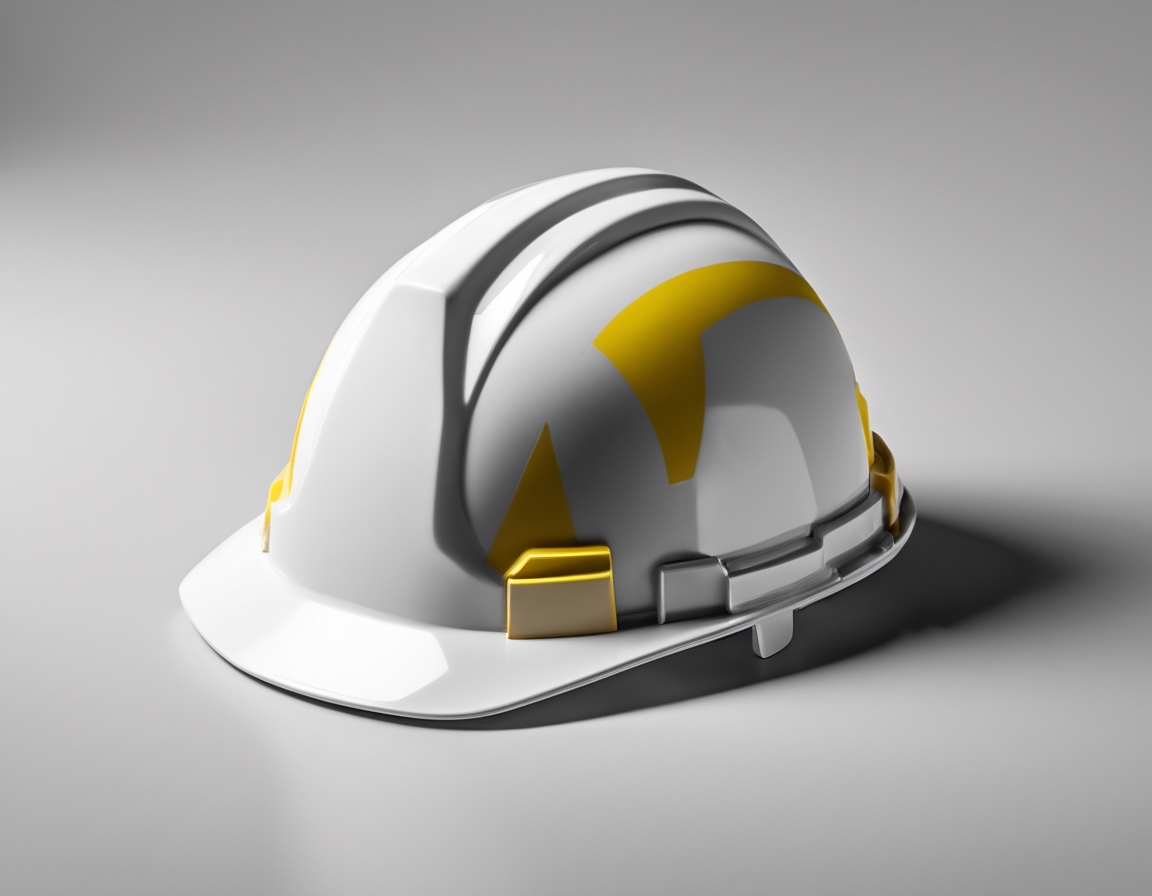The importance of sustainability in modern building
Sustainable building, often referred to as green building or eco-friendly construction, involves designing and constructing buildings with environmental considerations at the forefront. It encompasses a holistic approach that minimizes the negative impact on the environment while promoting health and well-being for its occupants.
The concept of sustainable building is not new, but it has gained significant momentum in recent years due to increased environmental awareness and the urgent need to address climate change. Modern sustainable building practices have evolved to include advanced technologies and innovative design strategies that go beyond mere compliance with building codes.
The Pillars of Sustainable Building
Energy efficiency is a cornerstone of sustainable building. It involves the use of high-performance insulation, energy-efficient windows, and HVAC systems, as well as the integration of renewable energy sources such as solar panels and wind turbines to reduce reliance on fossil fuels.
Water conservation strategies in sustainable building include the use of low-flow fixtures, rainwater harvesting systems, and water-efficient landscaping. Effective water management helps preserve this vital resource and reduces the building's overall environmental footprint.
Choosing sustainable materials is key to reducing the environmental impact of a building. This involves selecting materials that are recycled, recyclable, locally sourced, and have a low embodied energy. Resource efficiency also extends to waste reduction during construction and the building's lifecycle.
Indoor environmental quality focuses on creating a healthy indoor atmosphere through the use of non-toxic materials, adequate ventilation, and natural lighting. This aspect of sustainable building not only benefits the environment but also enhances the comfort and productivity of occupants.
Responsible site selection and land use are critical components of sustainable building. This includes choosing sites that minimize disruption to the natural environment, utilizing existing infrastructure, and promoting biodiversity through thoughtful landscaping.
Benefits of Sustainable Building
Sustainable buildings often result in lower operating costs due to reduced energy and water consumption. Additionally, they can offer increased property values and marketability, making them a smart investment for the future.
By reducing waste, conserving natural resources, and lowering greenhouse gas emissions, sustainable buildings play a crucial role in mitigating the effects of climate change and environmental degradation.
Green buildings contribute to the well-being of their occupants by providing healthier living and working environments. They also have the potential to foster a sense of community and connection to the natural world.
Challenges and Considerations
While sustainable buildings can be more cost-effective in the long run, they often require a higher initial investment. This can be a barrier for some developers, but with the right planning and incentives, the benefits can far outweigh the costs.
Navigating the complex landscape of building regulations and obtaining sustainability certifications can be challenging. However, these certifications can serve as a benchmark for quality and sustainability, helping to guide the construction process.
Adopting new technologies and innovative practices is essential for sustainable building, but it can also present challenges. Staying informed about the latest developments and best practices is crucial for overcoming these barriers.
Best Practices in Sustainable Building
For a building to be truly sustainable, it is important to integrate eco-friendly principles throughout its entire lifecycle, from initial design to daily operation. This requires a comprehensive approach that considers all aspects of sustainability.
Successful sustainable building projects often involve collaboration between architects, engineers, contractors, and clients. Engaging all stakeholders from the outset ensures that sustainability goals are understood and met.
The field of sustainable building is constantly evolving. Ongoing education and a commitment to continuous improvement are essential for staying at the forefront of this important movement.





Comments (0)